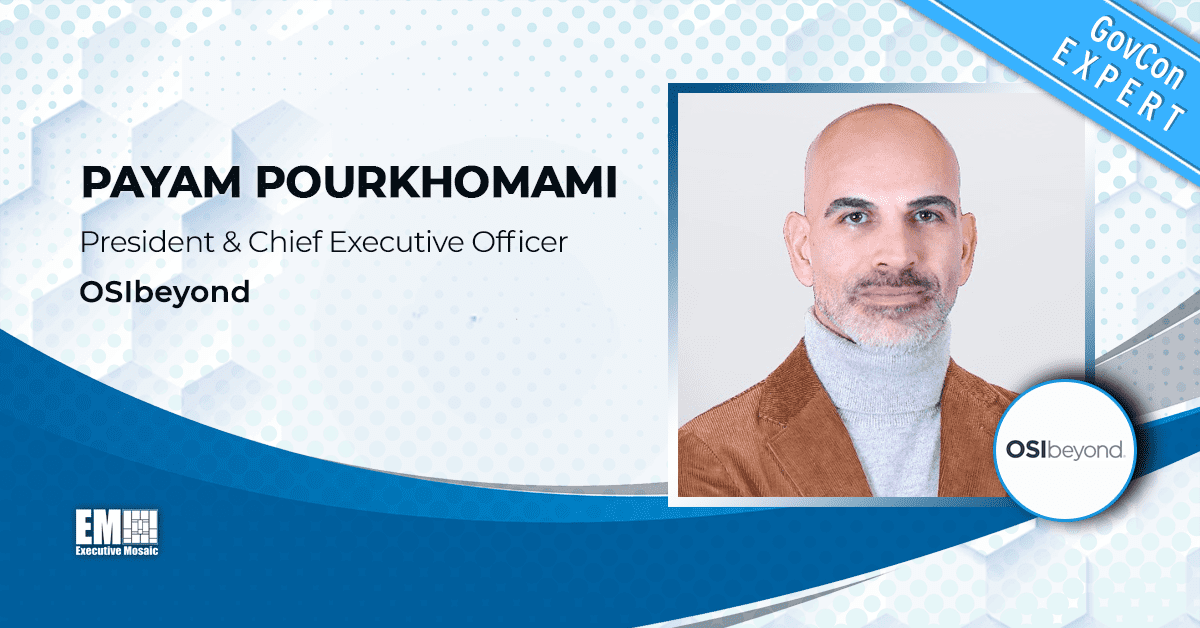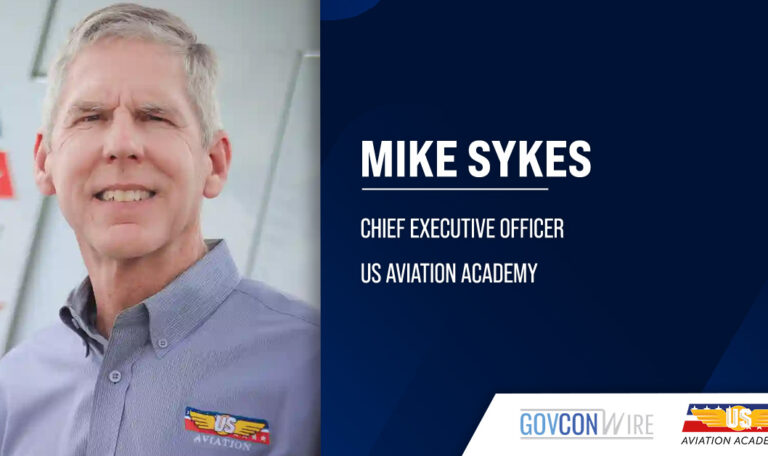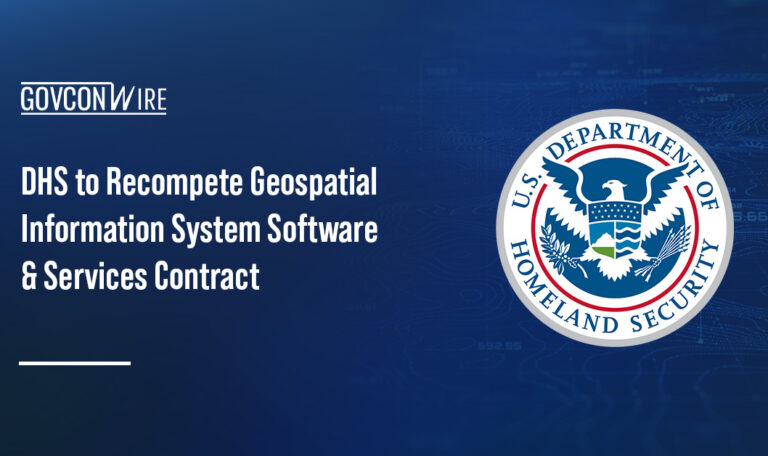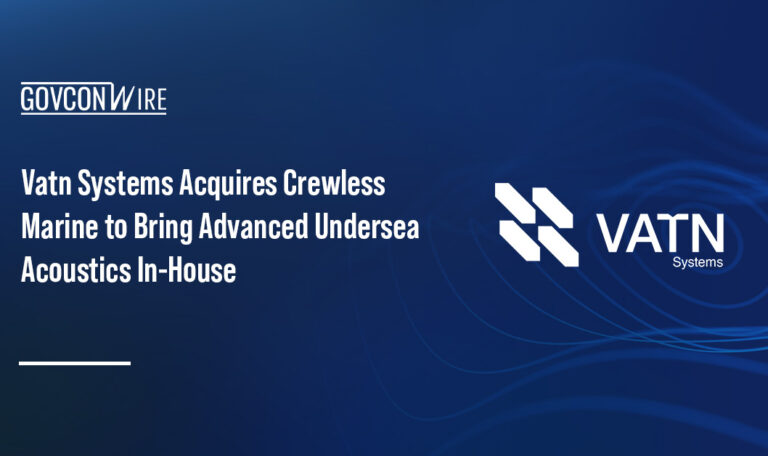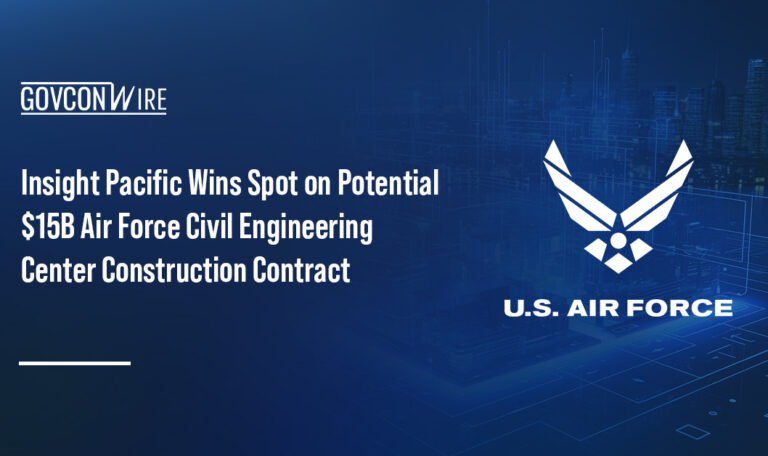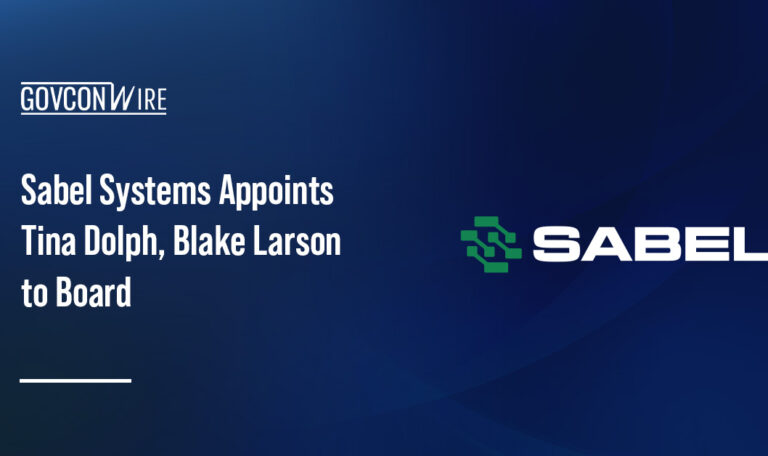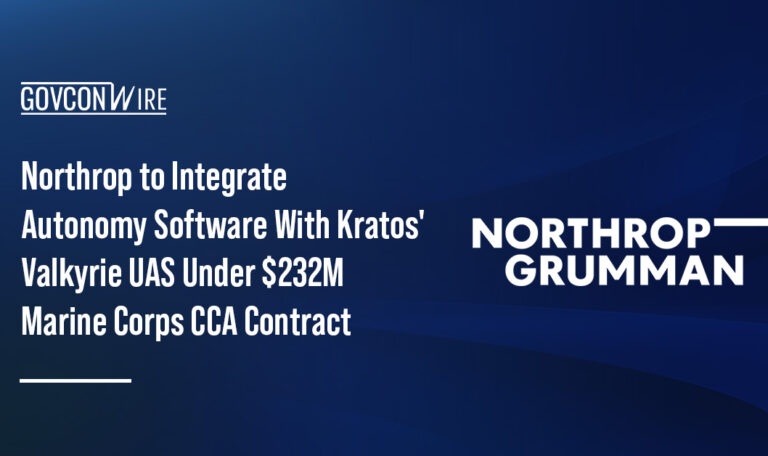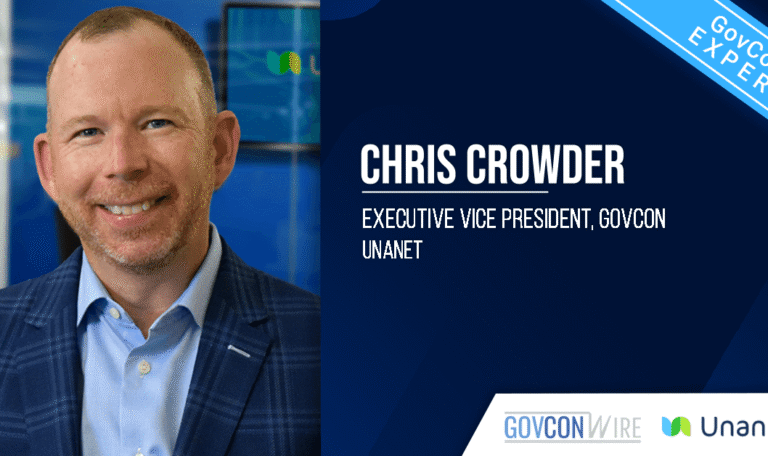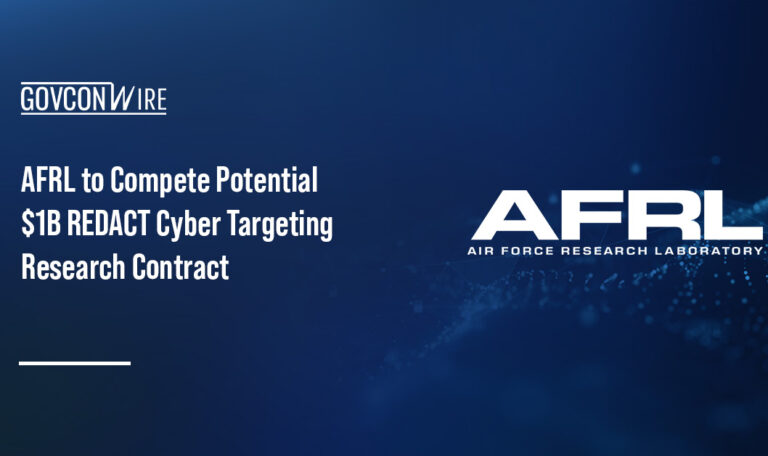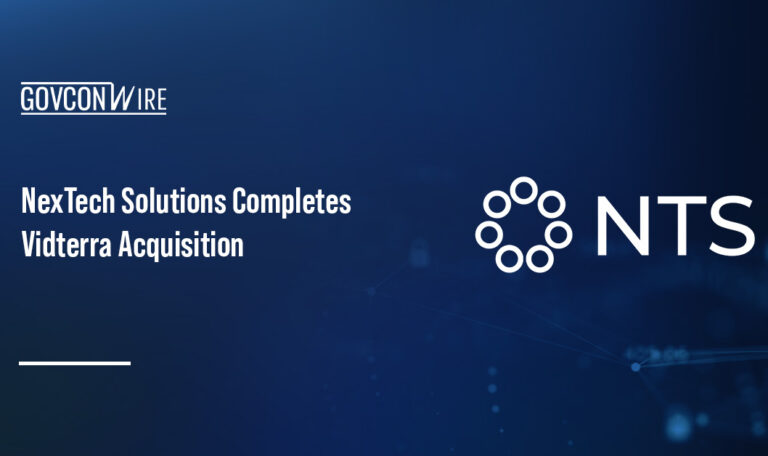By Payam Pourkhomami, President & CEO of OSIbeyond
Recently, we shed light on the intricacies of Cybersecurity Maturity Model Certification 2.0 third-party assessments and their role in strengthening the cybersecurity framework for Department of Defense contractors. However, achieving initial compliance is just the beginning. The real challenge lies in maintaining this compliance amidst the constantly evolving cyber threat landscape and regulatory updates.
To help you overcome the challenge of sustaining CMMC 2.0 compliance, this article explores the multifaceted strategies required to keep your cyber defenses robust and your certification intact. From designating key roles within your organization to leveraging cutting-edge technology, we’ll cover all aspects that contribute to ongoing compliance.
The Continuous Nature of Compliance
In the world of government contracting, maintaining compliance isn’t just about ticking boxes—it’s about continuously safeguarding the sensitive information that our nation’s defense relies upon against increasingly sophisticated threats.
According to Microsoft’s Digital Defense Report 2022, nation-state actors targeting critical infrastructures have doubled from 20 percent to 40 percent in just two years. This stark increase isn’t merely a statistic; it’s a clear signal that our adversaries are becoming more aggressive and sophisticated. These aren’t just random hackers—they’re well-funded, state-sponsored groups with geopolitical agendas.
Take Russia, for example. Following its invasion of Ukraine, cooperation between the U.S. and Russia in the global fight against ransomware has ceased. This development means cybercriminals might once again view Russia as a safe haven, emboldening them to launch more daring attacks. Similarly, other nations like Iran, North Korea and China are expanding their cyber espionage operations, each with specific targets and objectives.
One particularly concerning trend is the rise of supply chain attacks, especially those targeting IT companies. By compromising IT service providers, threat actors can exploit trusted relationships to reach their ultimate targets—which could very well be your organization. After all, as a DOD contractor, you’re part of a critical supply chain that nation-states are keen to infiltrate.
Moreover, the cybercrime-as-a-service, or CaaS, model is flourishing. This “industry” offers a range of nefarious services, from phishing kits to ransomware tools, making it easier than ever for even less skilled actors to launch sophisticated attacks.
In this high-stakes environment, the road to CMMC 2.0 compliance can’t end with a successfully obtained certification. Instead, it must be an ongoing journey of vigilance, adaptability and a proactive stance against an ever-evolving threat landscape. Those who fail to maintain compliance not only risk losing their DOD contracts but, more importantly, put the entire nation at risk by compromising the sensitive information that is critical to our national defense.
Maintaining Ongoing CMMC 2.0 Compliance
In this section, we’ll explore several key strategies and best practices to help you maintain ongoing CMMC 2.0 compliance.
Designate a Compliance Position
Maintaining CMMC 2.0 compliance is a complex and ongoing process that requires dedicated resources and expertise. That’s why it’s a good idea to designate an individual who will be responsible for overseeing the organization’s compliance efforts.
In medium-sized and larger organizations, this should be a dedicated role, such as a compliance officer or manager. However, in smaller organizations, the compliance responsibilities may be combined with other positions, such as the chief information security officer or chief information officer.
Another option for organizations to consider is outsourcing compliance responsibilities to a third-party provider that specializes in CMMC 2.0 compliance. This can be particularly beneficial for organizations that lack the internal resources or expertise to manage compliance effectively.
Regardless of whether the compliance officer is an internal employee or an external consultant, they will have several key responsibilities, including:
- Developing and implementing a comprehensive CMMC 2.0 compliance program that aligns with the organization’s goals and risk tolerance.
- Conducting regular assessments of the organization’s cybersecurity controls to guarantee they meet CMMC 2.0 requirements and are effective in mitigating risks.
- Monitoring the threat landscape and regulatory updates so that the organization’s compliance program remains up-to-date and relevant.
- Providing ongoing training and awareness programs to employees to make sure they understand their roles and responsibilities in maintaining CMMC 2.0 compliance.
- Liaising with third-party assessors, auditors and other stakeholders to provide information and demonstrate the organization’s compliance with CMMC 2.0 requirements.
- Reporting to senior management and/or the board of directors on the status of the organization’s CMMC 2.0 compliance program and any identified risks or areas for improvement.
Moreover, having a compliance officer on board sends a strong message to both internal and external stakeholders, including the DOD, that the organization takes its compliance obligations seriously. This can help build trust, strengthen relationships and ultimately position the company as a reliable and secure partner in the defense industry.
Keep Policies and Procedures Updated
Policies and procedures can be seen as two sides of the same coin. The goal of policies is to guide decisions and actions by providing a deliberate system of principles. Procedures, on the other hand, are established ways of doing something.
Together, your policies and procedures serve as the foundation for maintaining ongoing CMMC 2.0 compliance because they provide a clear roadmap for the entire organization, outlining the steps that must be taken to protect sensitive information and respond to potential threats.
However, policies and procedures can become outdated over time. Here are some key triggers that should prompt a review and update of your policies and procedures:
- Infrastructure changes: Any significant changes to your organization’s IT infrastructure, such as the adoption of new technologies, cloud migration or network expansions, should be reflected in your policies and procedures.
- Regulatory changes: In addition to CMMC 2.0, your organization may be subject to other industry-specific regulations or standards. Keep track of any changes in these requirements and update your policies and procedures to maintain compliance across the board.
- Emerging threats: Cybersecurity threats are constantly evolving, with new attack vectors and techniques surfacing regularly. Monitor the threat landscape closely and update your policies and procedures to address emerging risks and maintain a robust security posture.
Whenever you do update your policies and procedures, you must communicate the changes to your employees and provide them with the necessary training so they understand them and can follow them. This brings us to our next point—ongoing employee training.
Provide Ongoing Training to Employees
Your employees are the first line of defense against cybersecurity threats, and their actions can significantly impact your organization’s ability to maintain CMMC 2.0 compliance. Despite this, 56 percent of leaders believe their employees lack sufficient knowledge when it comes to cybersecurity awareness, according to a study by Fortinet.
The good news is that a robust employee training program can yield significant returns for your organization. According to a study by Osterman Research, smaller businesses (under 1,000 employees) can achieve a return on investment of 69 percent from a security awareness training program, while larger companies (1,000+ employees) can achieve an ROI of 562 percent.
To achieve the best security awareness training ROI possible, you should develop training materials that are tailored to your organization’s specific needs and incorporate a mix of training methods, such as in-person sessions, online modules, webinars and simulated phishing tests.
Whenever possible, encourage active participation through hands-on exercises, group discussions and real-world scenarios. This helps employees retain information better and apply it in their daily tasks. It also makes it easier to identify areas for improvement and refine your content accordingly.
Leadership should be included in security awareness training sessions as they are exposed to the same threats as everyone else. Moreover, when leadership actively participates in and promotes the training program, it sends a strong message to employees that cybersecurity is a top priority for the organization, which, in turn, helps create a culture of cybersecurity.
Strengthen Your Defenses When Necessary
Information technology is progressing at an unprecedented pace, with groundbreaking innovations emerging regularly. One prime example of this rapid advancement is the rise of artificial intelligence. While AI has the potential to revolutionize various industries, it also presents new challenges in the realm of cybersecurity.
According to a survey by Security Magazine, 75 percent of security professionals witnessed an increase in attacks over the past 12 months, with 85 percent attributing this rise to bad actors using generative AI. Furthermore, the UK’s National Cyber Security Centre predicts that AI will almost certainly increase the volume and heighten the impact of cyber attacks over the next two years, albeit with uneven effects across different sectors.
However, AI can also be used defensively to analyze vast amounts of data in real time and identify patterns and anomalies that may indicate a cyber threat. Indeed, the global AI market is projected to grow from $86.9 billion in 2022 to $407 billion by 2027, growing at a compound annual growth rate of 36.2 percent during the forecast period, according to eftSure.
In addition to AI, other cutting-edge cybersecurity defenses that organizations can invest in to strengthen their defenses and maintain ongoing CMMC 2.0 compliance include Extended Detection and Response, or XDR, which is a comprehensive approach that integrates multiple security tools and data sources to provide a holistic view of an organization’s security posture, and zero trust architecture, a security model assumes that no user, device, or network should be trusted by default.
Conclusion
We hope that the insights shared in this article have equipped you with valuable knowledge and tools to navigate this complex landscape. However, our commitment to providing you with the most up-to-date and relevant information on CMMC 2.0 compliance doesn’t end here. OSIbeyond’s DoD Contractor’s Guide to CMMC 2.0 Compliance is available now to provide additional information.
Stay tuned for more in-depth articles and expert insights in the coming months as we continue to explore the latest developments, best practices and strategies to help you fortify your cybersecurity posture and maintain your competitive edge in the government contracting space.


